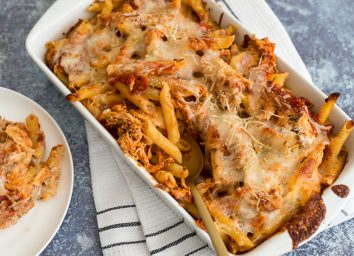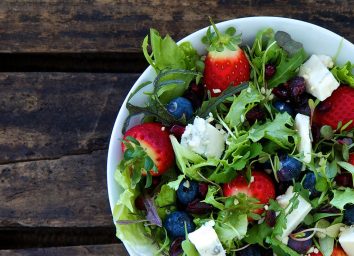12 Ways Your Home is Making You Fat
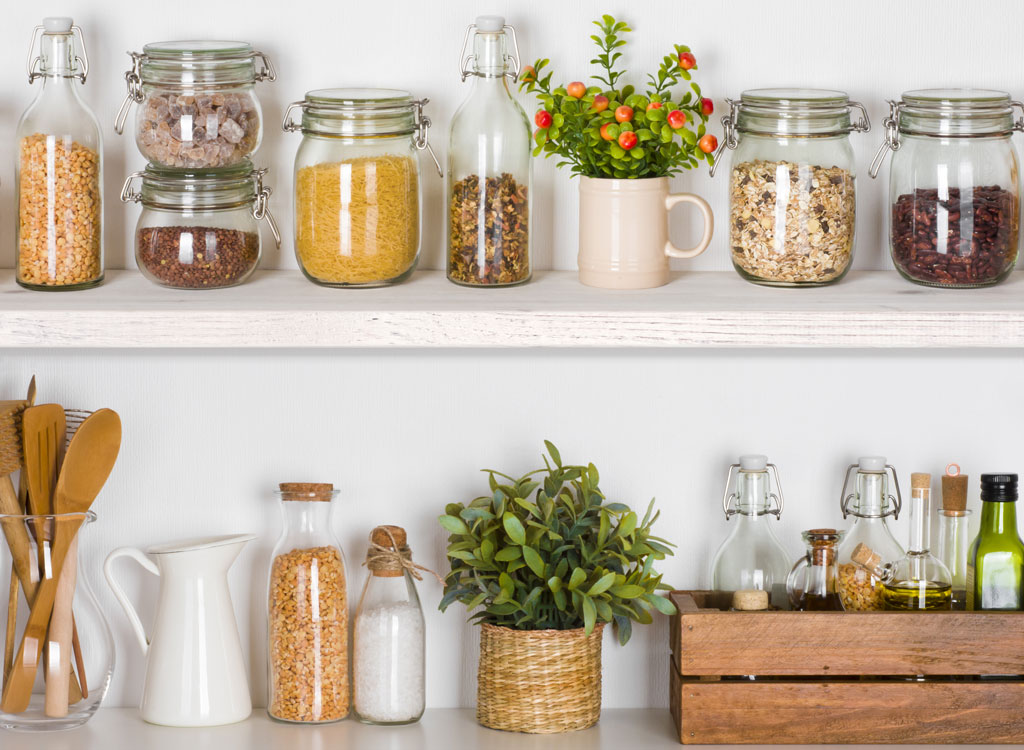
Home. Hopefully, that’s a word with which you have a happy association. If, however, you’re like most Americans, there are facets of your home that are making you fat and sick at this very moment.
Scientists have been looking at all the causes of obesity and chronic illness and found that they can all be exacerbated by how we arrange and relate to the spaces we live in. That’s right: Our homes have it in for us. But there’s good news! By making a few simple changes, we can get out of the home habits that are doing ourselves undue harm. Below is a list of ways your home is hating on you, along with tips on how to rearrange your home for better health and weight loss results. Check ’em out and then whittle your waistline with these 14 Ways to Lose Your Belly in 14 Days!
Your Cupboards Are Full of Empty Calories
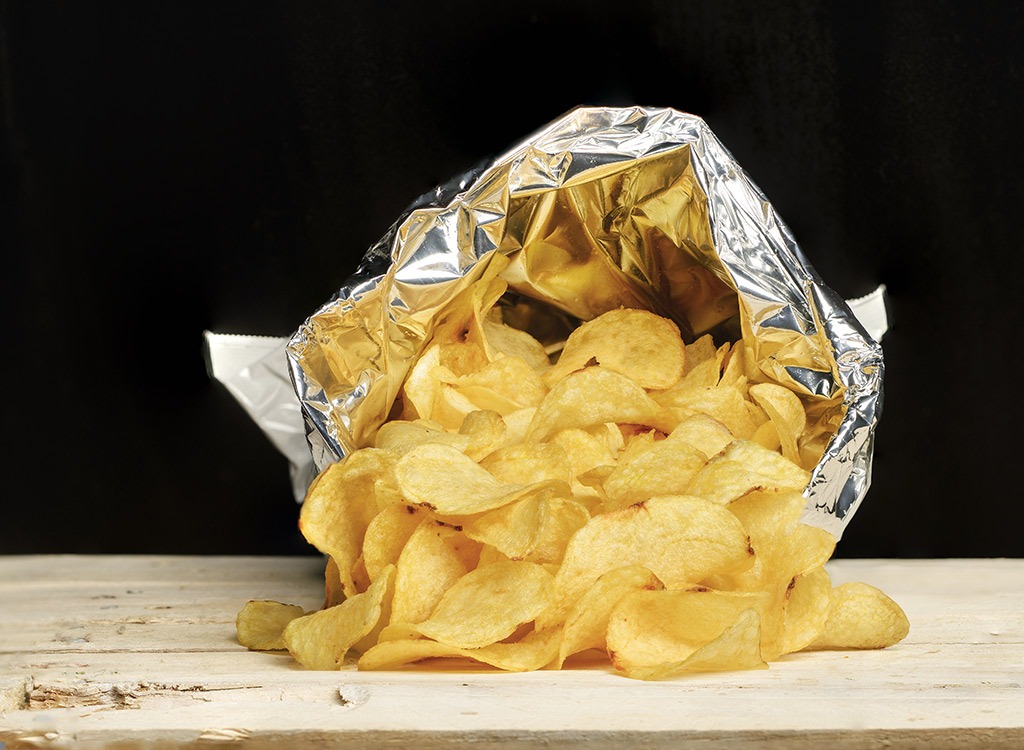
“Whether it’s ice cream, cookies, candy, chips or other items, just knowing that your trigger foods are in the kitchen or office desk can derail any healthy eating program,” says Christine M. Palumbo, MBA, RDN, FAND, a Chicago area registered dietitian and nutrition communications consultant. “This is especially true between 3 p.m. and bedtime when cravings tend the be the most difficult to ignore.” One of the best ways to overcome a craving is to keep the tempting foods out of the house. Can’t imagine kicking your favorite cookies out of the house for good? NYC-based registered dietitian Leah Kaufman MS, RD, CDN suggests individually portioning the foods you tend to overeat. If you know each Ziploc bag of cookies is 150 calories, you’ll be less likely to go back for a second serving. And stock up on these 27 Healthiest Snacks Under $1, too!
You’re Letting Too Much Light into Your Bedroom
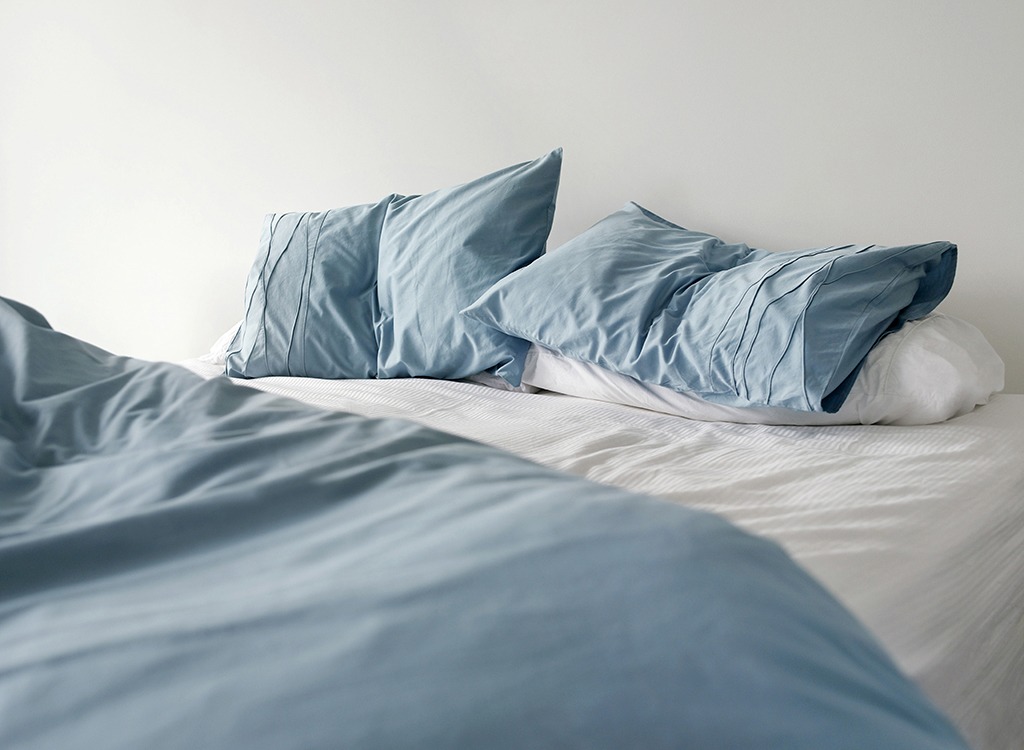
More and more research is, ahem, shedding light on the relationship between a getting good night’s sleep and a healthy weight. According to a new study published in the American Journal of Epidemiology, research participants who slept in the darkest rooms were 21 percent less likely to be obese than those sleeping in the lightest rooms. That connection is tied to the main sleep hormone produced by our bodies, melatonin. Too little melatonin means that we don’t properly get into sleep mode that you can also think of as belly-fat-blasting mode. Lose the night light and look into getting some blackout curtains for a darkness-induced boost to your weight loss goals.
Your Coffee Pot is Too Big
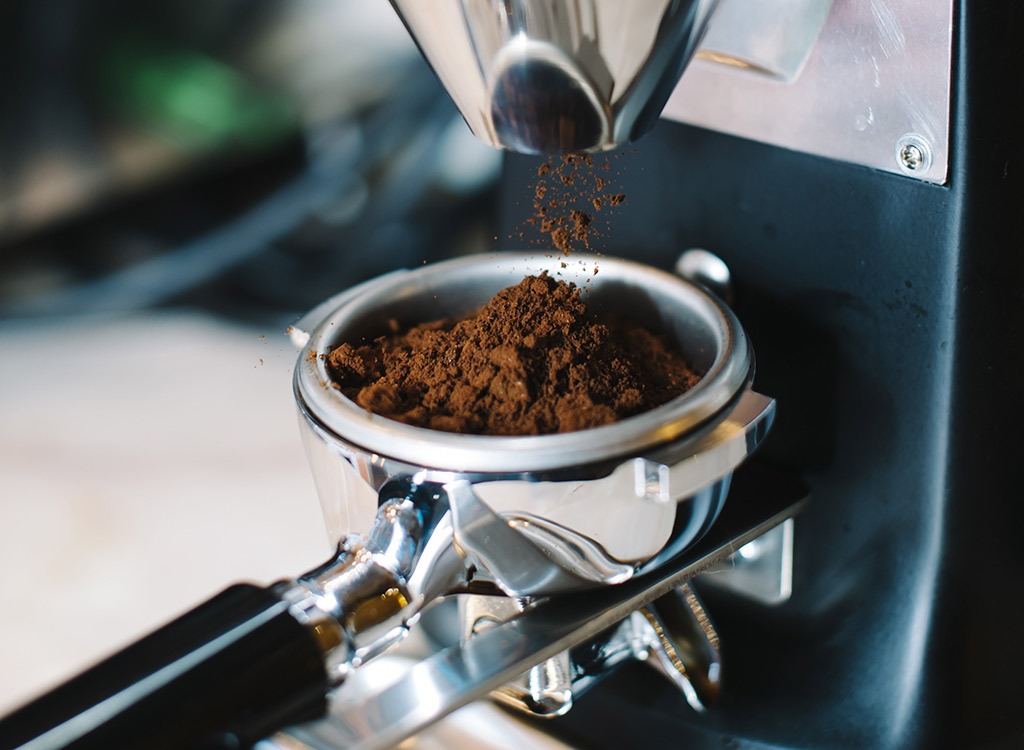
We wouldn’t dare ask you to forgo your morning cup of coffee…or even your 10 a.m. cup. But after that, you may want to dump out the remainder and then get in the habit of brewing smaller pots. Too much caffeine can lead to insulin resistance and increased fat storage, according to a study in the Journal of Agricultural and Food Chemistry. When the 3 o’clock slump hits and the effects of coffee have worn off, go for a walk or a workout to get reenergized.
Your Gadgets Live in the Bedroom
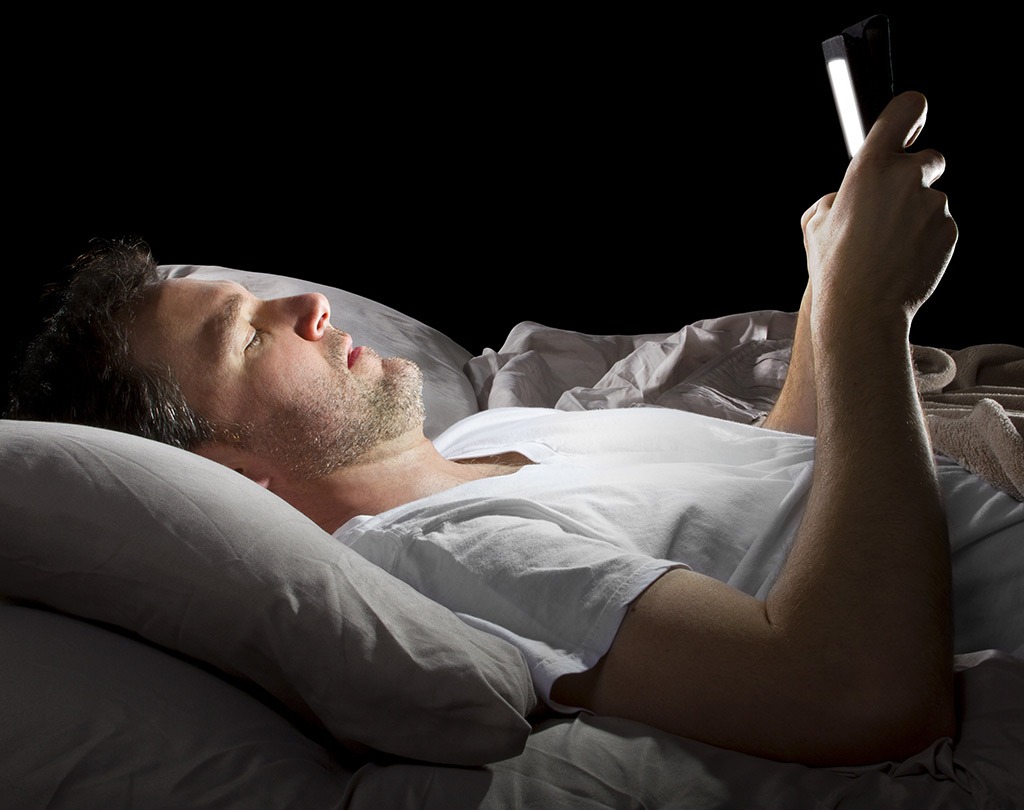
The more electronics we bring into the bedroom, the fatter we get—especially among children. A study in the Pediatric Obesity journal found that kids who bask in the nighttime glow of a TV or computer don’t get enough rest and suffer from poor lifestyle habits. Researchers found that students with access to one electronic device were 1.47 times as likely to be overweight as kids with no devices in the bedroom. That increased to 2.57 times for kids with three devices. Leave your iPad in the living room.
You’re Inviting the “wrong” People Over

You are what you eat. While there’s plenty of truth to that old aphorism, new research has shown that you are who you know. Our social networks, be they online or in real life (IRL) have an enormous effect on tastes, income, happiness, beliefs and especially our health and our weight. In a 2007 study, Harvard Medical School professor Nick Christakis and co-author of Connected: The Surprising Power of Our Social Networks and How They Shape Our Lives found that a person’s chance of becoming obese increased by 57 percent if he or she had a friend who became obese in the same period. James O. Hill, Ph.D., Director of the Colorado Nutrition Obesity Research Center doesn’t suggest that you stop inviting Bill and Cathy over for the crime of getting chubby, but he does recommend that you also invite friends over who are active, eating well, and making other healthy choices. They may even rub off on Bill and Cathy, too. For some interesting conversation, too, check out these 25 Things You Did Today That Sabotaged Your Weight Loss Goals.
Your Plates and Bowls Are the Wrong Size and Color
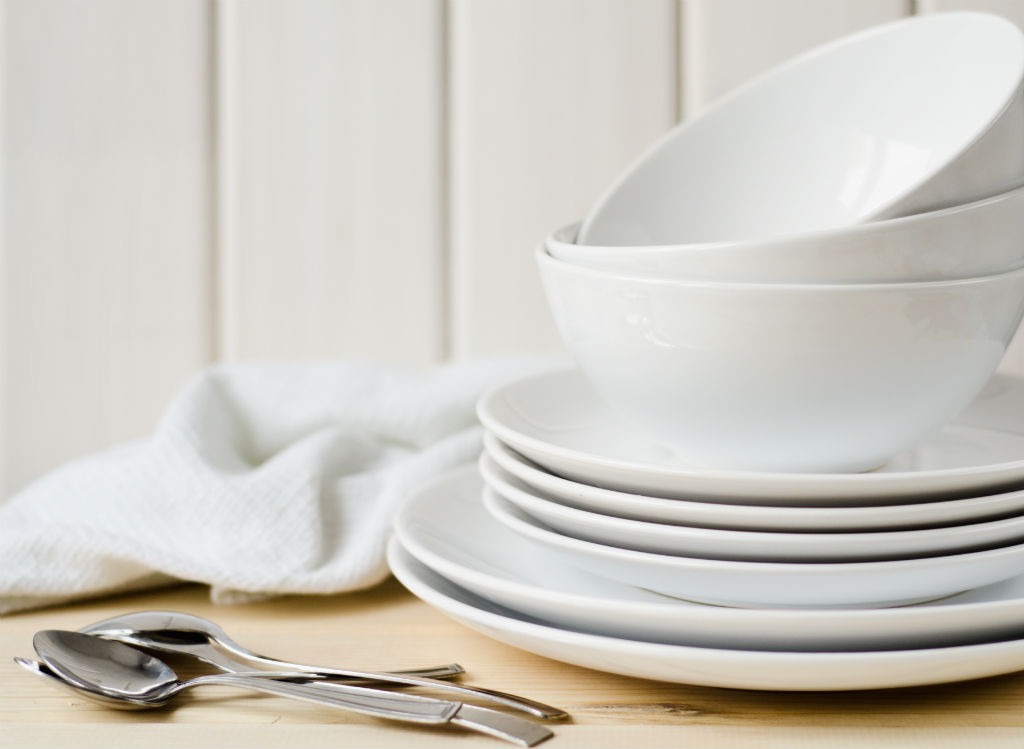
Put the same amount of food on a big plate and then on a moderately sized plate. It’s highly likely that you’ll perceive the amount of food on the larger plate as being less because you can see more plate showing. When serving food onto bigger plates, we subconsciously want to fill the empty space—and end up piling on more. Research from Cornell showed that both adults and kids poured more cereal into larger bowls and consumed 44 percent more calories. Another study from Cornell demonstrated that the color of the plate could have a significant effect on the amount of grub unwittingly heaped on to it. In the study, participants who served themselves pasta alfredo on a white plate loaded their plate with 22 percent more pasta than those who were given red plates. The goal, say scientists, is to create a greater degree of contrast between the food you’re eating and the plate it’s sitting on. Intrigued? You should be. Those red plates are one of the 40 Things Healthy Cooks Always Have in Their Kitchen!
Your Fruit is Hiding in the Fridge
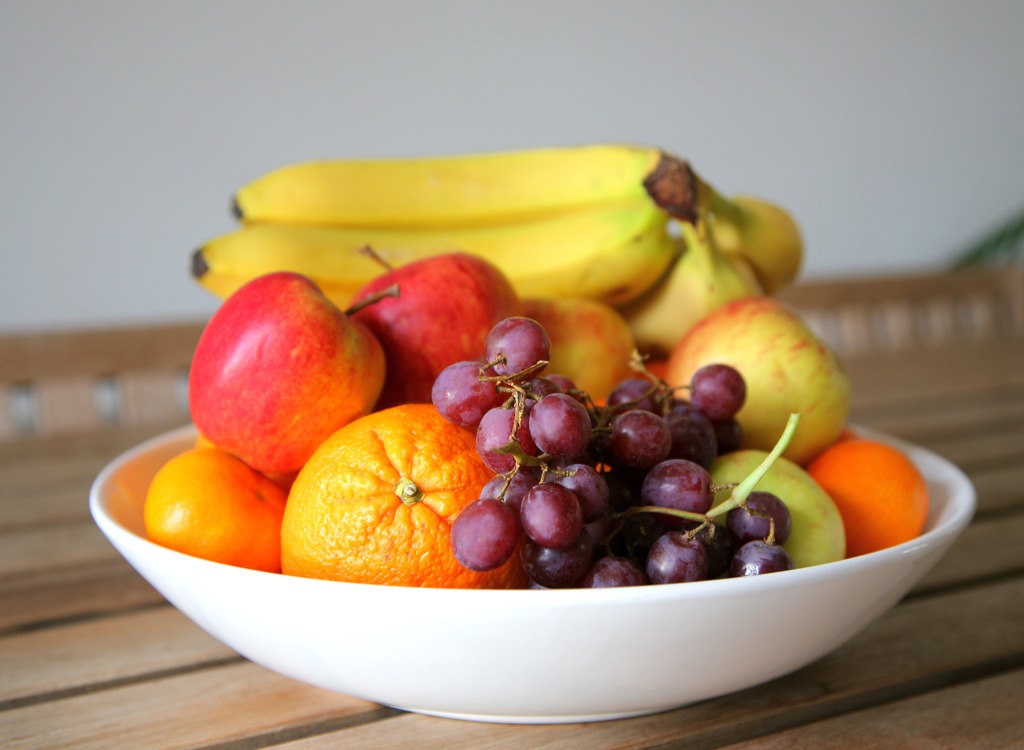
If healthy food is placed out of sight, you’re less likely to eat it. But why is it out of view in the first place? Most fruits don’t need to be refrigerated, and it’s aesthetically appealing to keep it out. Get yourself a fruit bowl and fill it with colorful, healthful items like apples, oranges, and pears. Another great way to be tempted by healthful fruit while livening up the look of your kitchen is to get yourself a banana hook. You can also pre-slice vegetables and put them in clear containers front-and-center in the fridge for easy snacking.
Your Thermostat is Set Too High
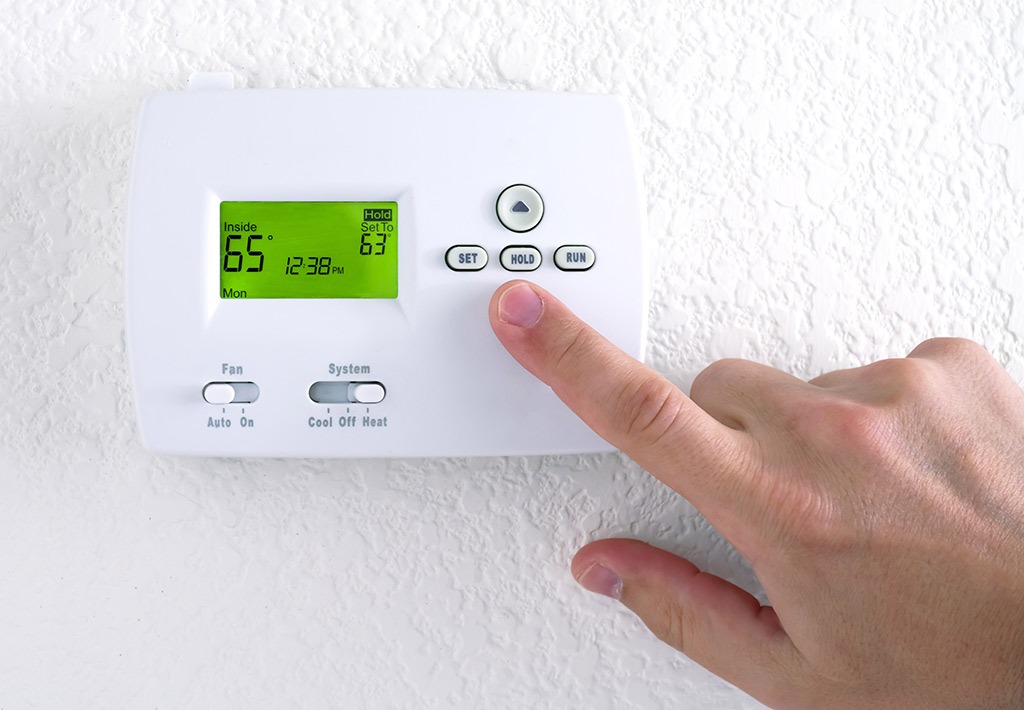
A striking new study published in the journal Diabetes suggests that simply blasting the air conditioner or turning down the heat in winter may help us attack belly fat while we sleep. Colder temperatures subtly enhance the effectiveness of our stores of brown fat—the fat that keeps you warm by helping you burn through the fat stored in your belly. Participants spent a few weeks sleeping in bedrooms with varying temperatures: A neutral 75 degrees, a cool 66 degrees, and a balmy 81 degrees. After four weeks of sleeping at 66 degrees, the subjects had almost doubled their volumes of brown fat. (And yes, that means they were able to lose belly fat.)
Your Lights Are Too Dim in the Morning
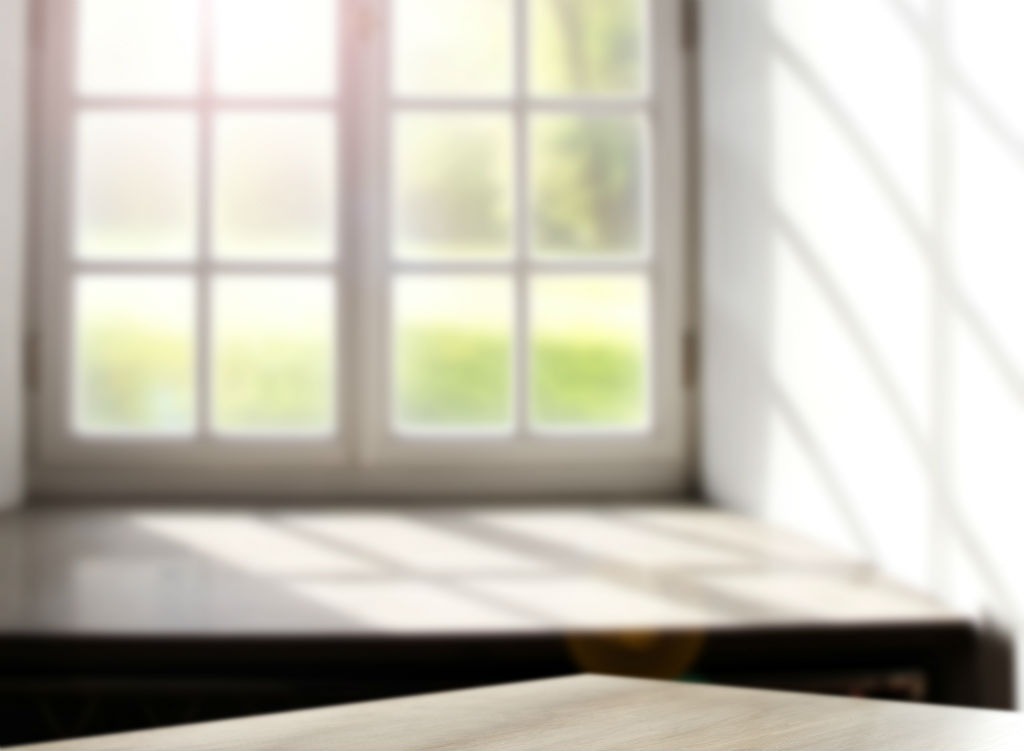
After a bad night’s sleep, the hormones that control hunger can go haywire and make us crave junk food. That’s bad, but it can get worse if you don’t get some light into your life first thing when you wake up. Sleep-deprived adults who experience dim light in the morning have lower concentrations of leptin (a hormone that makes us feel full), showed a study published in the International Journal of Endocrinology. The study showed that those in blue light (the kind from energy-efficient bulbs) had higher leptin levels. So once you’re vertical, throw open those blackout curtains we recommended! Or if it’s still dark out, turn on those energy efficient lights. By letting some light into your life, you’ll get some life into your weight loss goals.
You Have Too Many TV Screens
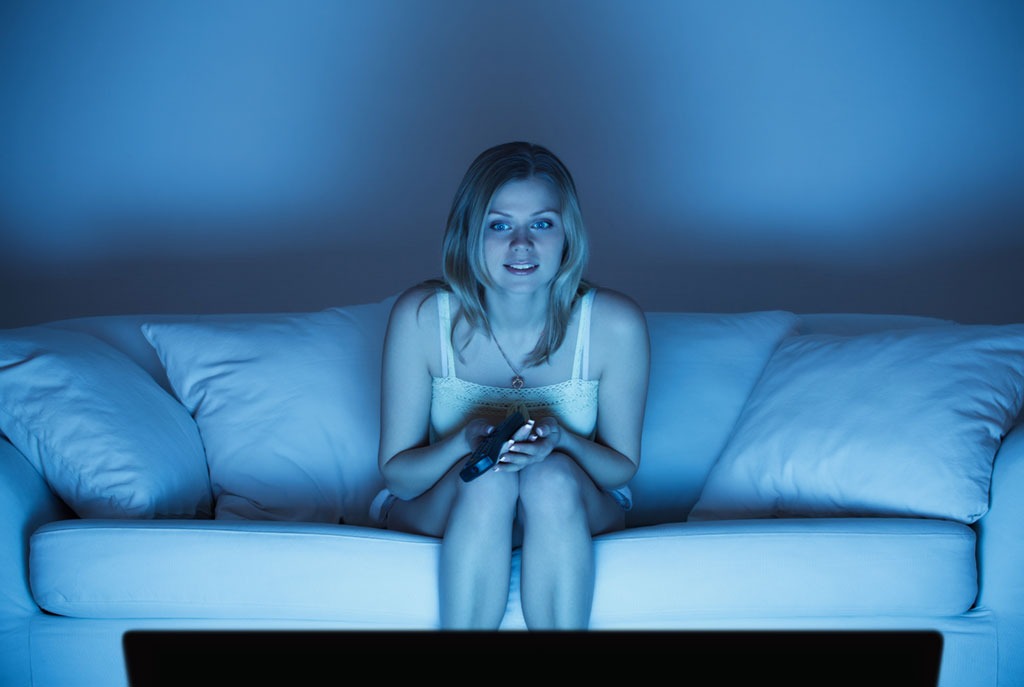
The science is in: The more TV you consume, the greater your risk of becoming sick and obese. And the more televisions you have in your home, the more likely you are to be watching the tube. You can stop the madness by taking TV out of your bedroom and replacing it with enjoyable belly fat blasting activities like sleep and sex. While you’re at it, lose the TV set in your kitchen, too. Having one in there will cause you to linger around tempting food. Once you’ve cut down on the amount of physical televisions in your life, reduce the amount of television programs in your life by watching only the shows you love. Still just want to crawl up on the couch and do nothing? If that’s the case, you need these 40 Tips for Motivation—That Actually Work!
Your Living Room is Too Cozy
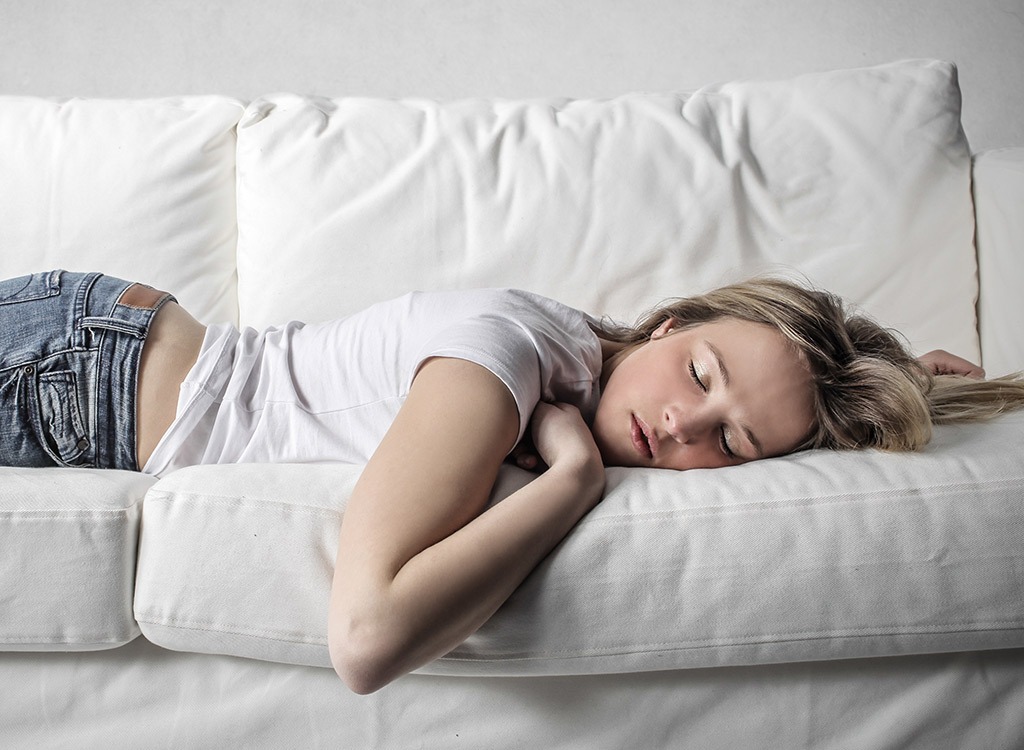
After a long day at work, it’s tempting to flop on your cozy couch and not move until it’s bedtime. It doesn’t make a difference whether you’re reading, online shopping or even continuing to do work from the office— you’re still on your butt, and that’s bad. Scientists are still figuring out exactly why sitting is so detrimental to health, but one obvious and partial explanation is that the less we move, the less fuel we require; the surplus blood sugar floods the bloodstream and contributes to diabetes and other weight-related risks. A solution can be found in tip #12.
Your Exercise Gear is Tucked Away
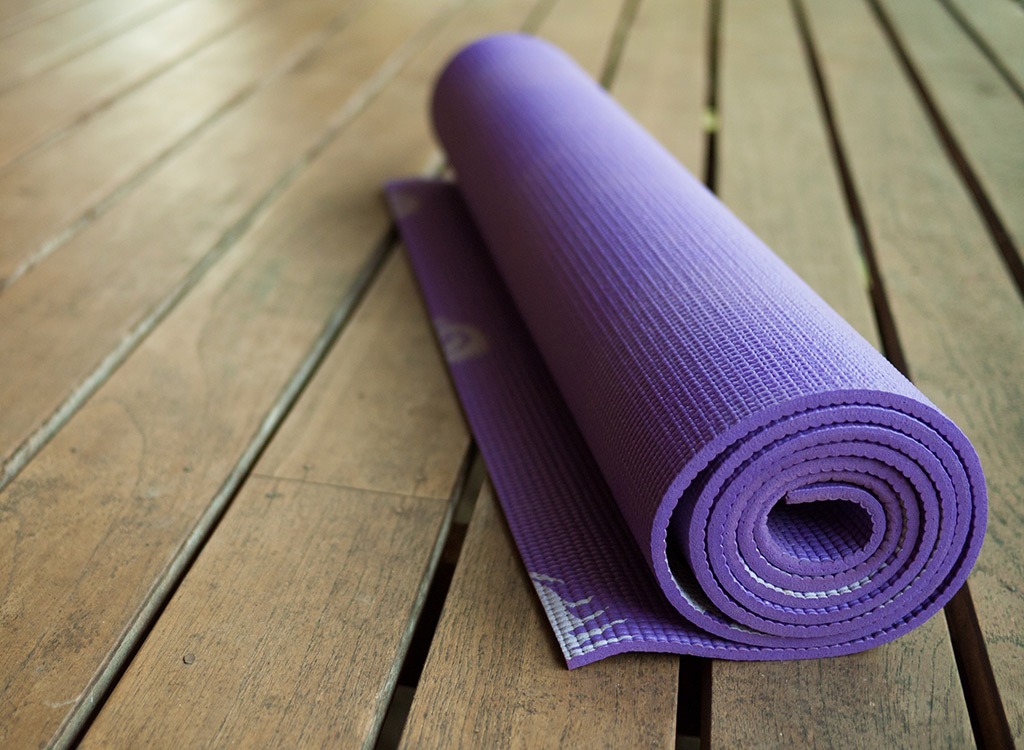
Until exercise equipment can be reimagined to look good in your home, there’s always going to be an urge to put it in some place where it can’t be seen. But when dumbbells, stationary bikes, and treadmills are out of sight, they are out of mind—which can leave you out of shape. Rather than keeping your workout necessities in the basement, relocate it to places in your house where you like to hang out. Perhaps the treadmill finds a home next to a south-facing window. Or maybe you could put your yoga mat or dumbbells in front of your home’s last remaining TV so that you can make your Netflix fix a healthy activity. For more ideas on losing weight at home, keep reading the bonus section below!

